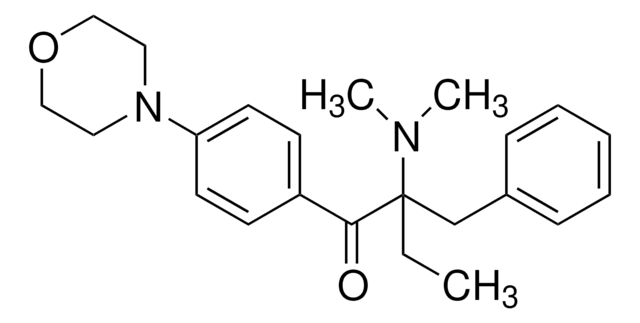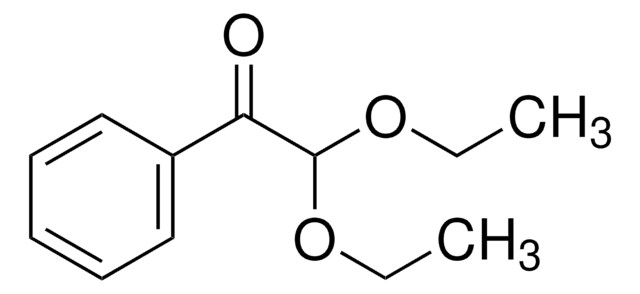410896
2-Hydroxy-4′-(2-hydroxyethoxy)-2-methylpropiophenone
98%
동의어(들):
1-[4-(2-Hydroxyethoxy)phenyl]-2-hydroxy-2-methyl-1-propan-1-one, 2-Hydroxy-1-[4-(2-hydroxyethoxy)phenyl]-2-methyl-1-propanone, 2-Hydroxy-2-methyl-1-[4-(2-hydroxyethoxy)phenyl]propan-1-one, 4-(2-Hydroxyethoxy)phenyl 2-hydroxy-2-propyl ketone
로그인조직 및 계약 가격 보기
모든 사진(3)
About This Item
Linear Formula:
HOCH2CH2OC6H4COC(CH3)2OH
CAS Number:
Molecular Weight:
224.25
MDL number:
UNSPSC 코드:
12162002
PubChem Substance ID:
NACRES:
NA.23
추천 제품
Quality Level
분석
98%
mp
88-90 °C (lit.)
SMILES string
CC(C)(O)C(=O)c1ccc(OCCO)cc1
InChI
1S/C12H16O4/c1-12(2,15)11(14)9-3-5-10(6-4-9)16-8-7-13/h3-6,13,15H,7-8H2,1-2H3
InChI key
GJKGAPPUXSSCFI-UHFFFAOYSA-N
관련 카테고리
애플리케이션
2-Hydroxy-4′-(2-hydroxyethoxy)-2-methylpropiophenone can be used as a photo-initiator to synthesize:
- Polyacrylamide-grafted chitosan nanoparticles by copolymerization of acrylamide and chitosan nanoparticles.
- Hydrophobic polyurethane sponge through thiol–ene Click reaction.
유해 및 위험 성명서
예방조치 성명서
Hazard Classifications
Aquatic Chronic 2
Storage Class Code
11 - Combustible Solids
WGK
WGK 1
Flash Point (°F)
not determined
Flash Point (°C)
not determined
개인 보호 장비
Eyeshields, Gloves, type N95 (US)
이미 열람한 고객
Xin Zhao et al.
Acta biomaterialia, 49, 66-77 (2016-11-09)
Development of natural protein-based fibrous scaffolds with tunable physical properties and biocompatibility is highly desirable to construct three-dimensional (3D), fully cellularized scaffolds for wound healing. Herein, we demonstrated a simple and effective technique to construct electrospun 3D fibrous scaffolds for
Rami El Assal et al.
Scientific reports, 6, 39144-39144 (2016-12-23)
Cancer cells have been increasingly grown in pharmaceutical research to understand tumorigenesis and develop new therapeutic drugs. Currently, cells are typically grown using two-dimensional (2-D) cell culture approaches, where the native tumor microenvironment is difficult to recapitulate. Thus, one of
Deepak Kumar et al.
Cell transplantation, 25(12), 2213-2220 (2016-07-28)
Nucleus pulposus (NP) tissue damage can induce detrimental mechanical strain on the biomechanical performance of intervertebral discs (IVDs), causing subsequent disc degeneration. A novel, photocurable, injectable, synthetic polymer hydrogel (pHEMA-co-APMA grafted with PAA) has already demonstrated success in encapsulating and
Yihu Wang et al.
Materials (Basel, Switzerland), 11(8) (2018-08-08)
Gelatin-based hydrogel, which mimics the natural dermal extracellular matrix, is a promising tissue engineering material. However, insufficient and uncontrollable mechanical and degradation properties remain the major obstacles for its application in medical bone regeneration material. Herein, we develop a facile
Justin J Y Tan et al.
Biomaterials science, 6(6), 1347-1357 (2018-04-25)
Interaction between cells and the extracellular environment plays a vital role in cellular development. The mechanical property of a 3-dimensional (3D) culture can be modified to mimic in vivo conditions. Dermal papilla (DP) cells are shown to gradually lose their
자사의 과학자팀은 생명 과학, 재료 과학, 화학 합성, 크로마토그래피, 분석 및 기타 많은 영역을 포함한 모든 과학 분야에 경험이 있습니다..
고객지원팀으로 연락바랍니다.

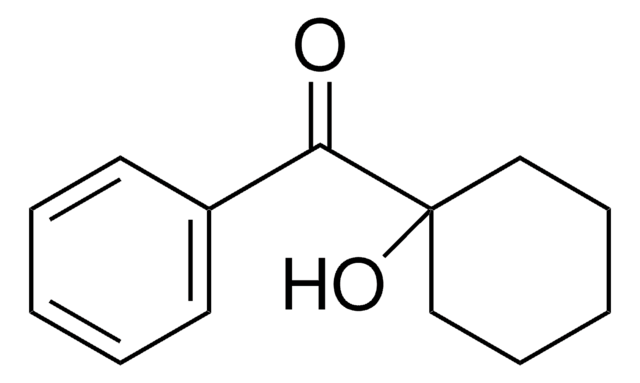


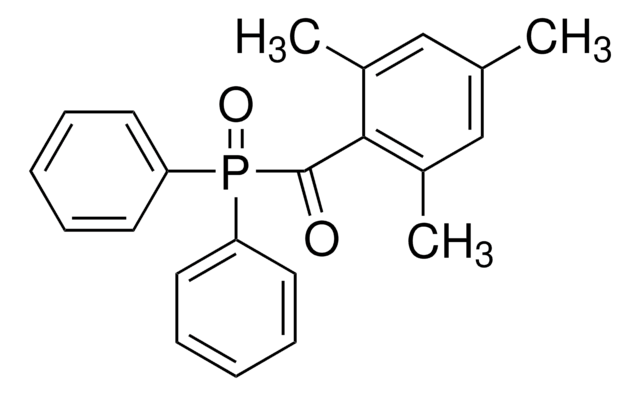
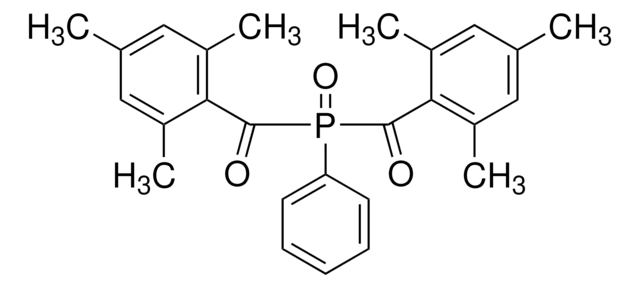

![2-[2-(2-Methoxyethoxy)ethoxy]acetic acid technical grade](/deepweb/assets/sigmaaldrich/product/structures/335/694/b58c539b-141f-4ab2-98d9-5f46c748490b/640/b58c539b-141f-4ab2-98d9-5f46c748490b.png)

